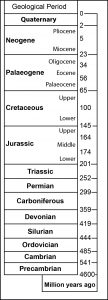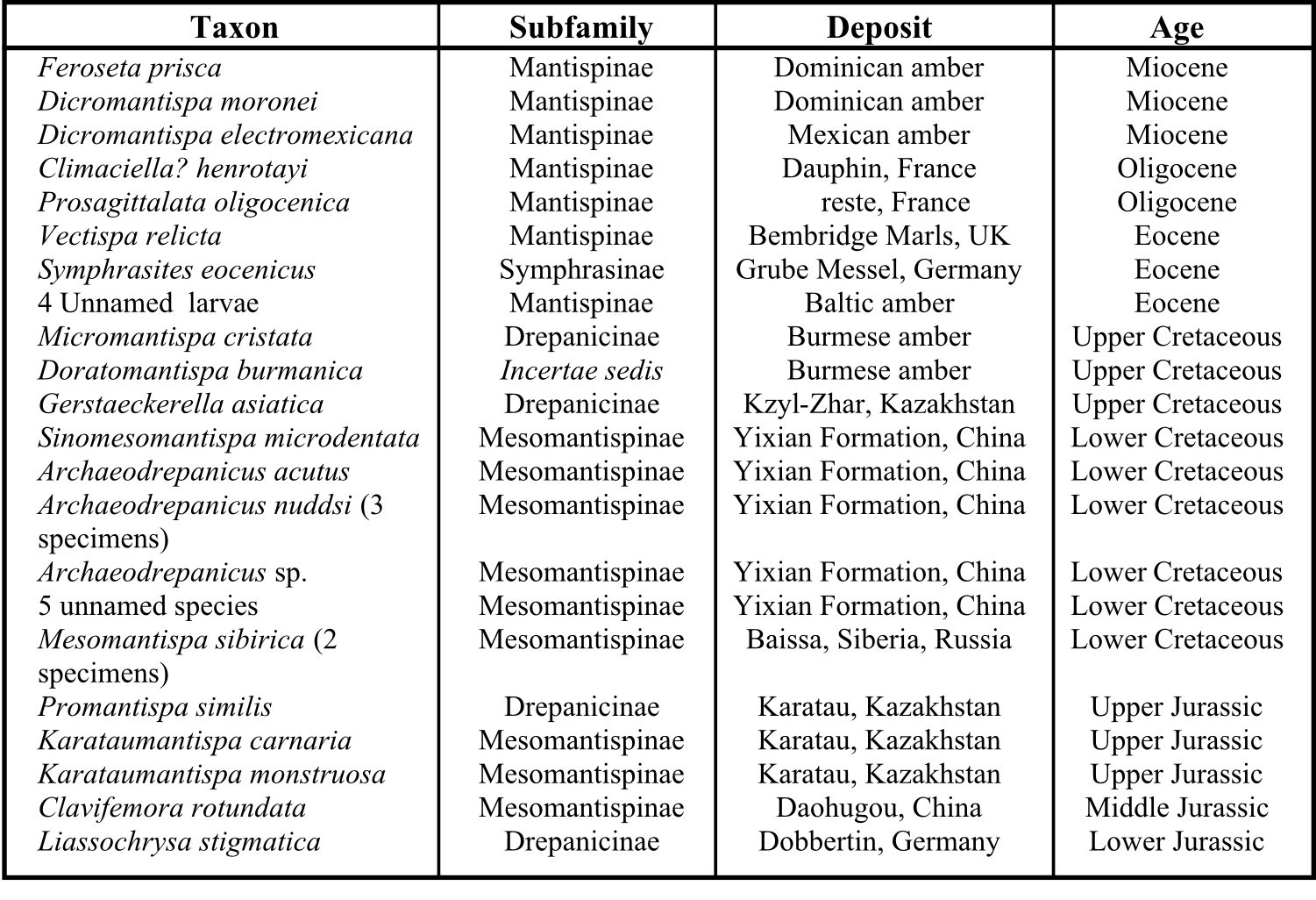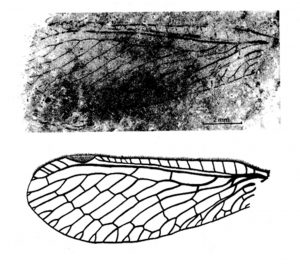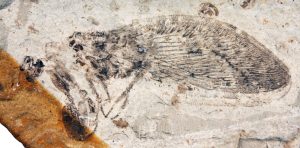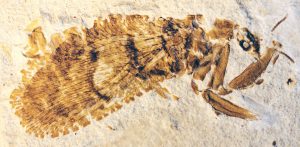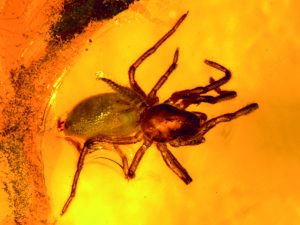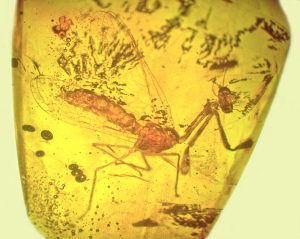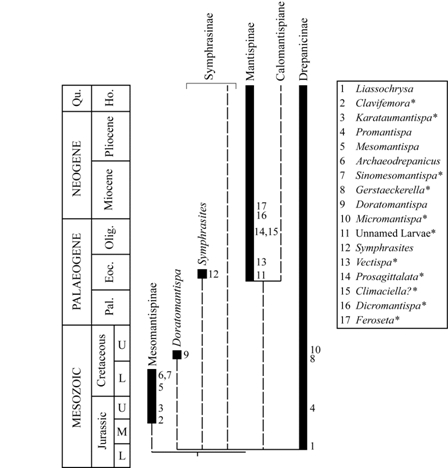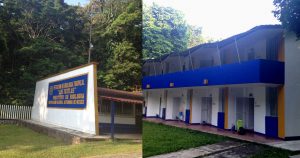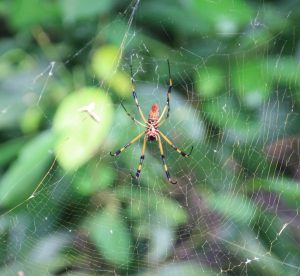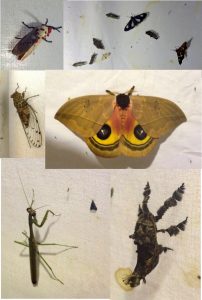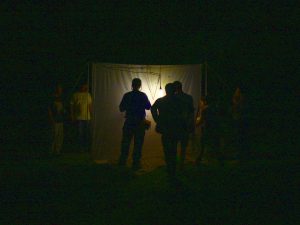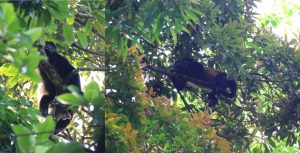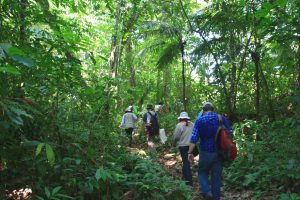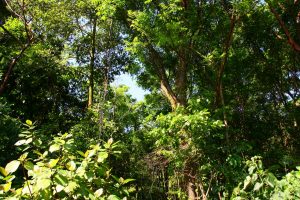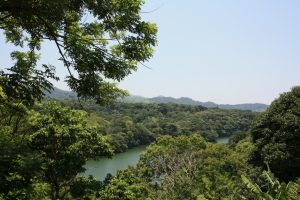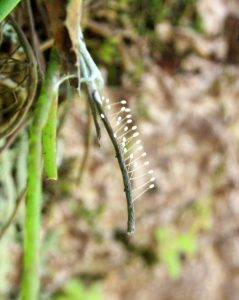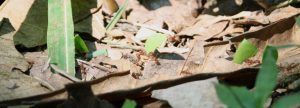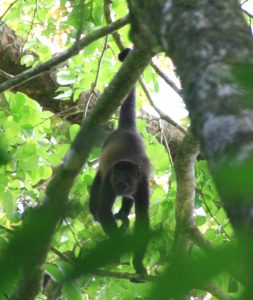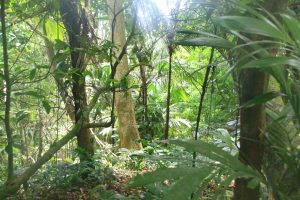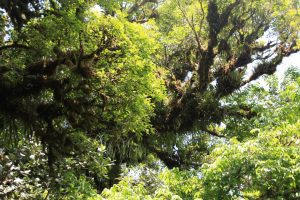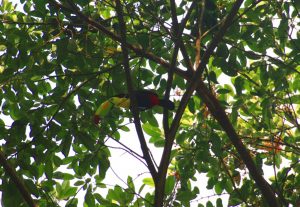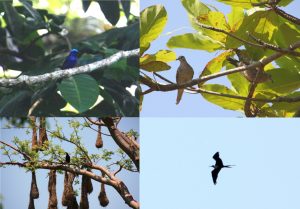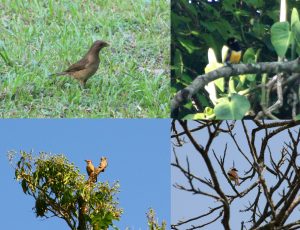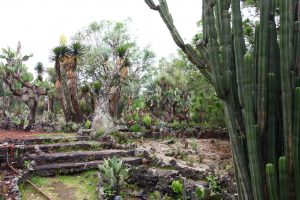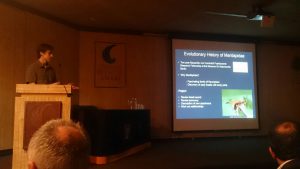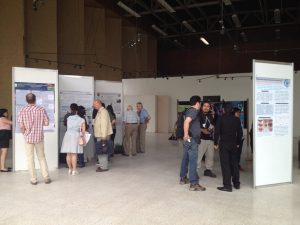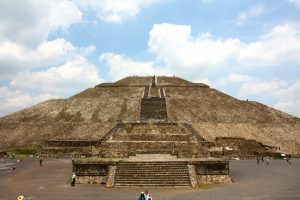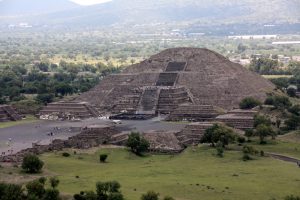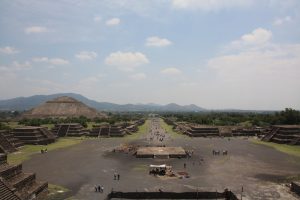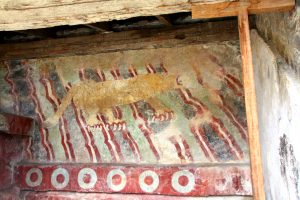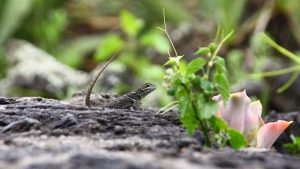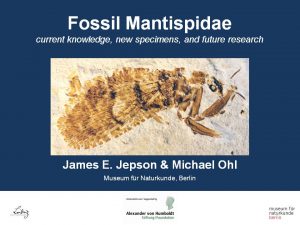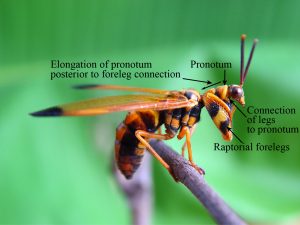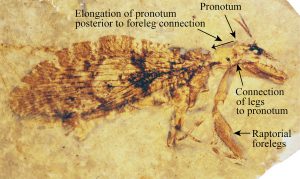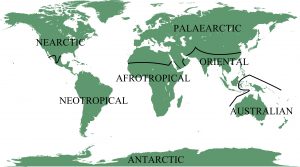These papers carry on from the April 2016 post up until the present (DATE)*. There are many interesting papers here including phylogenetic work, which includes fossil material, and many descriptions of new taxa from the Eocene and Mesozoic. A number of these new taxa are from the Cretaceous Burmese amber, where some interesting and often strange neuropterans have been described.
Phylogenies
Winterton, S.L., Zhao, J., Garzón-Orduña, Wang, Y., & Liu, J. 2017. The phylogeny of lance lacewings (Neuroptera: Osmylidae): Lance lacewing phylogeny. Systematic Entomology.
Bakkes, D.K., Mansell, M.W., & Sole, C.L. 2017. Phylogeny and historical biogeography of silky lacewings (Neuroptera: Psychopsidae). Systematic Entomology.
Liu, X., Aspöck, H., Winterton, S.L., Zhang, W., & Aspöck, U. 2016. Phylogeny of pleasing lacewings (Neuroptera: Dilaridae) with a revised generic classification and description of a new subfamily. Systematic Entomology, 42(2) 448–471.
Eocene
Makarkin, V.N. 2017. Oldest new genus of Myrmeleontidae (Neuroptera) from the Eocene Green River Formation, Colorado. Zootaxa, 4337(4), 550–552.
Archibald, S.B. & Makarkin, V.N. 2017. A new fossil green lacewing (Neuroptera: Chrysopidae) from the early Eocene Driftwood Canyon, Canada. Zootaxa, 4324(2), 397–400.
Makarkin, V.N. 2017. A remarkable new genus of Protosmylinae (Neuroptera: Osmylidae) from late Eocene Florissant, Colorado. Zootaxa, 4268(4), 581–587.
Makarkin, V.N. 2017. An interesting new genus of Berothinae (Neuroptera: Berothidae) from the early Eocene Green River Formation, Colorado. Zootaxa, 4226(4), 594-600.
Wichard, W., Wedmann, S., & Weiterschan, T. 2016. Spongillaflies (Neuroptera, Sisyridae) in Baltic amber. Zootaxa, 4158(1), 117–125.
Makarkin, V.N., Wedmann, S., & Weiterschan, T. 2016. A new genus of Hemerobiidae (Neuroptera) from Baltic amber, with a critical review of the Cenozoic Megalomus-like taxa and remarks on the wing venation variability of the family. Zootaxa, 4179(3), 345–370.
Wichard, W. 2016. Overview and descriptions of Nevrorthidae in Baltic amber (Insecta, Neuroptera). Palaeodiversity, 9(1), 95–111.
Cretaceous
Liu, X. & Lu, X. 2017. A remarkable new genus of Cretaceous dustywings (Neuroptera: Coniopterygidae) in amber from northern Myanmar. Zoological Systematics, 42(3), 380–389.
Lü, Y., Dong, R., & Liu, X. 2017. Systematic revision of the fossil snakefly family Baissopteridae (Insecta: Raphidioptera) from the Lower Cretaceous of China, with description of a new genus and three new species. Cretaceous Research, 80, 13–26.
Liu, X., Lu, X., Xia, F., & Wang, B. 2017. First description of female of Haplosialodes liui Huang et al., 2016 (Megaloptera: Sialidae) from Cretaceous Burmese amber. Zootaxa, 4528(2), 172–178.
Liu, X., Lu, X., Xia,F. & Wang, B. 2017. Erratum: XINGYUE LIU, XIUMEI LU, FANGYUAN XIA & BO WANG (2017) First description of female of Haplosialodes liui Huang et al., 2016 (Megaloptera: Sialidae) from Cretaceous Burmese amber. Zootaxa, 4258(2): 172–178. Zootaxa 4277(4), 600.
Lu, X., Zhang, W., Ohl, M., & Liu, X. 2017. New genus and species of silky lacewing (Insecta: Neuroptera: Psychopsidae) from the mid-Cretaceous Burmese amber. Zootaxa, 4291(2), 373–383.
Makarkin, V.N., Heads, S.W., & Wedmann, S. 2017. Taxonomic study of the Cretaceous lacewing family Babinskaiidae (Neuroptera: Myrmeleontoidea: Nymphidoidae), with description of new taxa. Cretaceous Research, 78, 149–160.
Lu, X., Zhang, W., Ohl, M. & Liu, X. 2017. The first moth lacewing (Insecta: Neuroptera: Ithonidae) from the mid-Cretaceous amber of Myanmar. Cretaceous Research, 78, 78–83.
Makarkin, V.N. & Perkovsky, E. 2017. A new species of Glaesoconis Meinander (Neuroptera: Coniopterygidae) from the Santonian Taimyr amber. Cretaceous Research, 75, 120–124.
Wichard, W. 2017. Family Nevrorthidae (Insecta, Neuroptera) in mid-Cretaceous Burmese amber. Palaeodiversity, 10, 1–5.
Makarkin, V.N. 2017. New taxa of unusual Dilaridae (Neuroptera) with siphonate mouthparts from the mid-Cretaceous Burmese amber. Cretaceous Research, 74, 11–22.
Liu, X., Lu, X., & Zhang, W. 2017. New genera and species of the family Dipteromantispidae (Insecta: Neuroptera) from the Cretaceous amber of Myanmar and New Jersey. Cretaceous Research, 72, 18–25.
Makarkin, V.N. 2016. The neuropteran assemblage (Insecta) of the mid-Cretaceous Burmese amber confirms transitional character of its biota. In: Cretaceous Ecosystems and Their Responses to Paleoenvironmental Changes in Asia and the Western Pacific. Short papers for the Fourth International Symposium of International Geoscience Programme IGCP Project 608. August 15–20.
Zheng, B., Dong, R., & Wang, Y. 2016. A new species of Lasiosmylus from the Early Cretaceous, China clarifies its genus-group placement in Ithonidae (Neuroptera). Zookeys, 636(2), 41–50.
Lu, X., Zhang, W., & Liu, X. 2016. Discovery of the family Babinskaiidae (Insecta: Neuroptera) from the mid Cretaceous amber of Myanmar. Cretaceous Research, 71, 14–23.
Lu, X., Zhang, W., & Liu, X. 2016. Nomenclatural validation of new genera and species of the superfamily Psychopsoidea (Insecta: Neuroptera) from the mid-Cretaceous amber of Myanmar. Journal of Systematics, 41, 323–326.
Yuan, D., Dong, R., & Wang, Y. 2016. New beaded lacewings (Neuroptera: Berothidae) from Upper Cretaceous Myanmar amber. Cretaceous Research, 68, 40–48.
Liu, X., Lu, X., & Zhang, W. 2016. Phylogenetic position of Corydasialidae (Insecta: Neuropterida) revisited based on a significant new fossil in Cretaceous amber of Myanmar. Journal of Systematic Palaeontology, 15, 571–581.
Liu, X., Lu, X. & Zhang, W. 2016. Halteriomantispa grimaldii gen. et sp. nov.: A new genus and species of the family Dipteromantispidae (Insecta: Neuroptera) from the mid-Cretaceous amber of Myanmar. Zoological Systematics, 41(2), 165–172.
Makarkin, V.N. 2016. Enormously long, siphonate mouthparts of a new, oldest known spongillafly (Neuroptera, Sisyridae) from Burmese amber imply nectarivory or hematophagy. Cretaceous Research, 65, 126–137.
Liu, X., Lu, X., & Zhang, W. 2016. New genera and species of the minute snakeflies (Raphidioptera: Mesoraphidiidae: Nanoraphidiini) from the mid Cretaceous of Myanmar. Zootaxa, 4103(4), 301– 324.
Bechly, G. & Makarkin, V.N. 2016. A new gigantic lacewing species (Insecta: Neuroptera) from the Lower Cretaceous of Brazil confirms the occurrence of Kalligrammatidae in the Americas. Cretaceous Research, 58, 135–140.
Makarkin, V.N. 2016. Удивительное разнообразие меловых сетчатокрылых (Neuroptera) [The amazing diversity of Cretaceous Neuroptera]. In: Чтения памяти Алексея Ивановича Куренцова. Выпуск 27 [A.I. Kurenstov’s Annual Memorial Meetings. Issue 27], Publisher: Владивосток: Дальнаука [ Vladivostok: Dalnauka], pp.27–47.
Liu, X., Zhang, W., Winterton, S.L., Breitkreuz, L., & Engel, M.S. 2016. Early Morphological Specialization for Insect-Spider Associations in Mesozoic Lacewings. Current Biology, 26(2), 1–5.
Lu, X. , Zhang, W., & Liu, X. 2016. New long-proboscid lacewings of the mid-Cretaceous provide insights into ancient plant-pollinator interactions. Scientific Reports, 6, 25382.
Engel, M.S. & Nel, A. 2017. A replacement family-group name among fossil Neuroptera (Insecta). Novitates Paleontomologicae, 19, 1–3.
Jurassic
Lü,Y., Dong, R., & Liu, X. 2017. Review of the fossil snakefly family Mesoraphidiidae (Insecta: Raphidioptera) in the Middle Jurassic of China, with description of a new species. Alcheringa, 41(3), 1–10.
Peng, Y., Makarkin, V.N., & Dong, R. 2016. Diverse new Middle Jurassic Osmylopsychopidae (Neuroptera) from China shed light on the classification of psychopsoids. Journal of Systematic Palaeontology, 14(4), 261–295.
*These are all the papers that I have come across so far, and therefore may not represent an exhaustive list. Any papers missed here will be included future posts.


